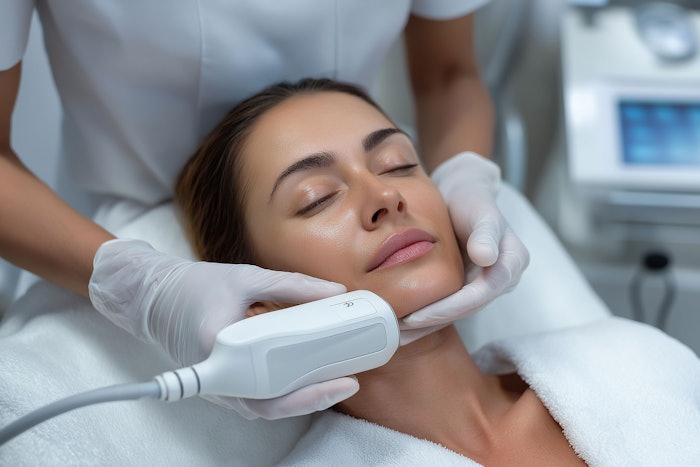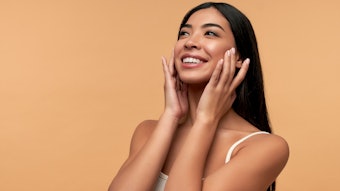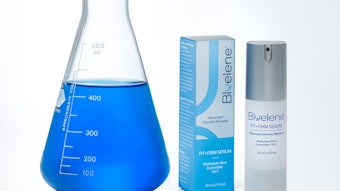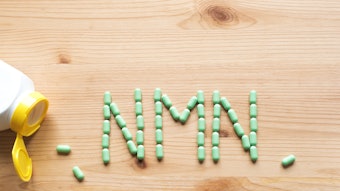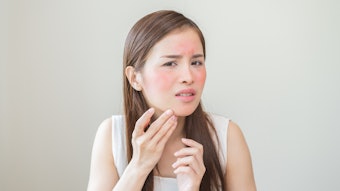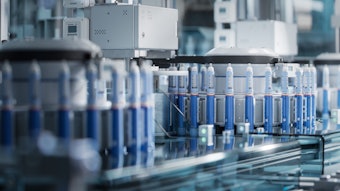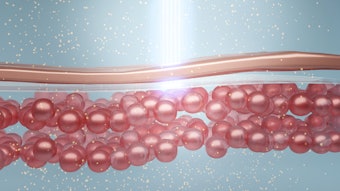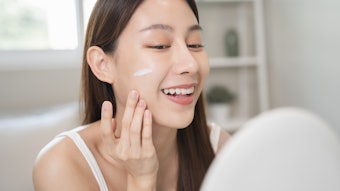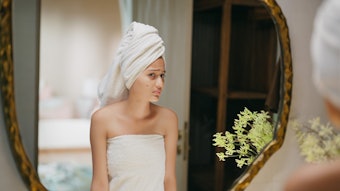The global medical aesthetics market size is projected to triple in the next 9 years. With recent advances in minimally invasive technology and biohacking cosmetics, the market will grow from $18.4 billion in 2024 to $55.9 billion by 2033, registering a CAGR of 13.2%.
This article is only available to registered users.
Log In to View the Full Article
The global medical aesthetics market size is projected to triple in the next 9 years. With recent advances in minimally invasive technology and biohacking cosmetics, the market will grow from $18.4 billion in 2024 to $55.9 billion by 2033, registering a CAGR of 13.2%.
Per an Oct. 9 press release, provided by DataM Intelligence Market Research, medical aesthetics’ quick acceleration is largely due to the fact that this healthcare segment blends clinical precision with consumer beauty demands. The industry is seeing increasing consumer awareness, as well as demand centered around lifestyle and wellness and also a shift toward preventive and anti-aging solutions.
Though general interest is high as beauty continues to enable personalization according to unique needs, and many are looking to prioritize wellness and support their journeys toward preserving youthfulness, what's enabling this is minimally invasive devices and AI-assisted treatment planning. These components are expanding the customer base as dermatological solutions move out of solely being in clinical settings and become readily available in medspas and beauty spaces.
However, while medspas and beauty centers are experiencing the fastest growth, it is dermatology clinics and hospitals that dominate the market, contributing more than 60% of global revenues in 2024, according to the report. The country leading the medical aesthetics market is the U.S. [1].
DataM highlighted five emerging trends that are driving this surge in market value, including hybrid technologies—devices that combine more than one modality, such as RF joined by laser and ultrasound capabilities. Medical-grade devices approved for at-home use are also expanding accessibility to this sector of healthcare. Sustainability in aesthetics is also carrying weight—making these solutions eco-conscious and not detrimental to the ever-growing plastic waste in our landfill.
As longer lasting fillers are also a component that consumers care about, especially for anti-aging, the report says wrinkle reduction is dominated by injectables like Botox, manufactured by Allergan Aesthetics, Daxxify by Revance and dermal fillers such as Restylane by Galderma or Juvederm—also by Allergan.
In this ever-growing market, there is competition, and per the report, the brands leading this market are Allergan Aesthetics for its Botox and Juvederm. Revance Therapeutics, Inc., who leads in fillers, as mentioned earlier. Evolus, Inc, Merz Aesthetics and Cynosure are presenting promise in the energy-based devices and skin tightening solutions category, while Candela, Alma Lasers and Venus Concept lead in non-invasive body contouring and skin resurfacing devices, per the report.
References:
1- https://www.datamintelligence.com/download-sample/medical-aesthetics-market
